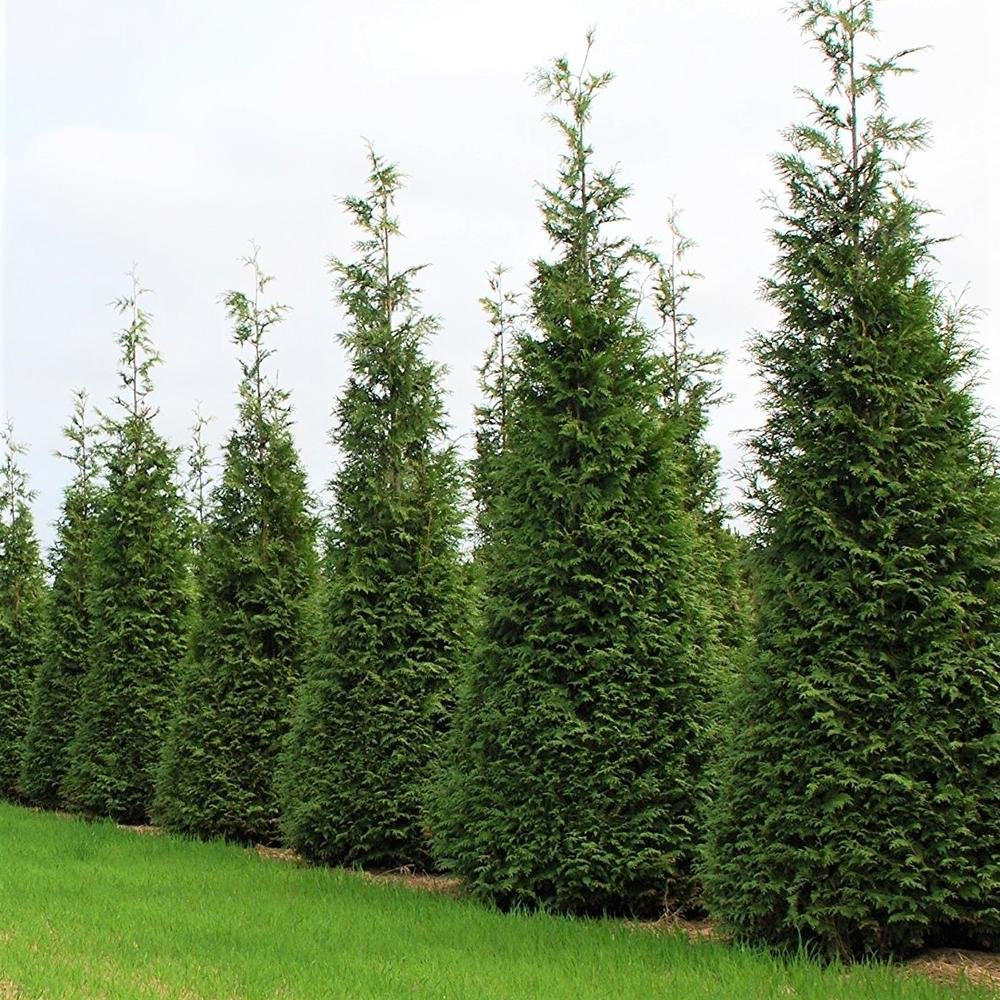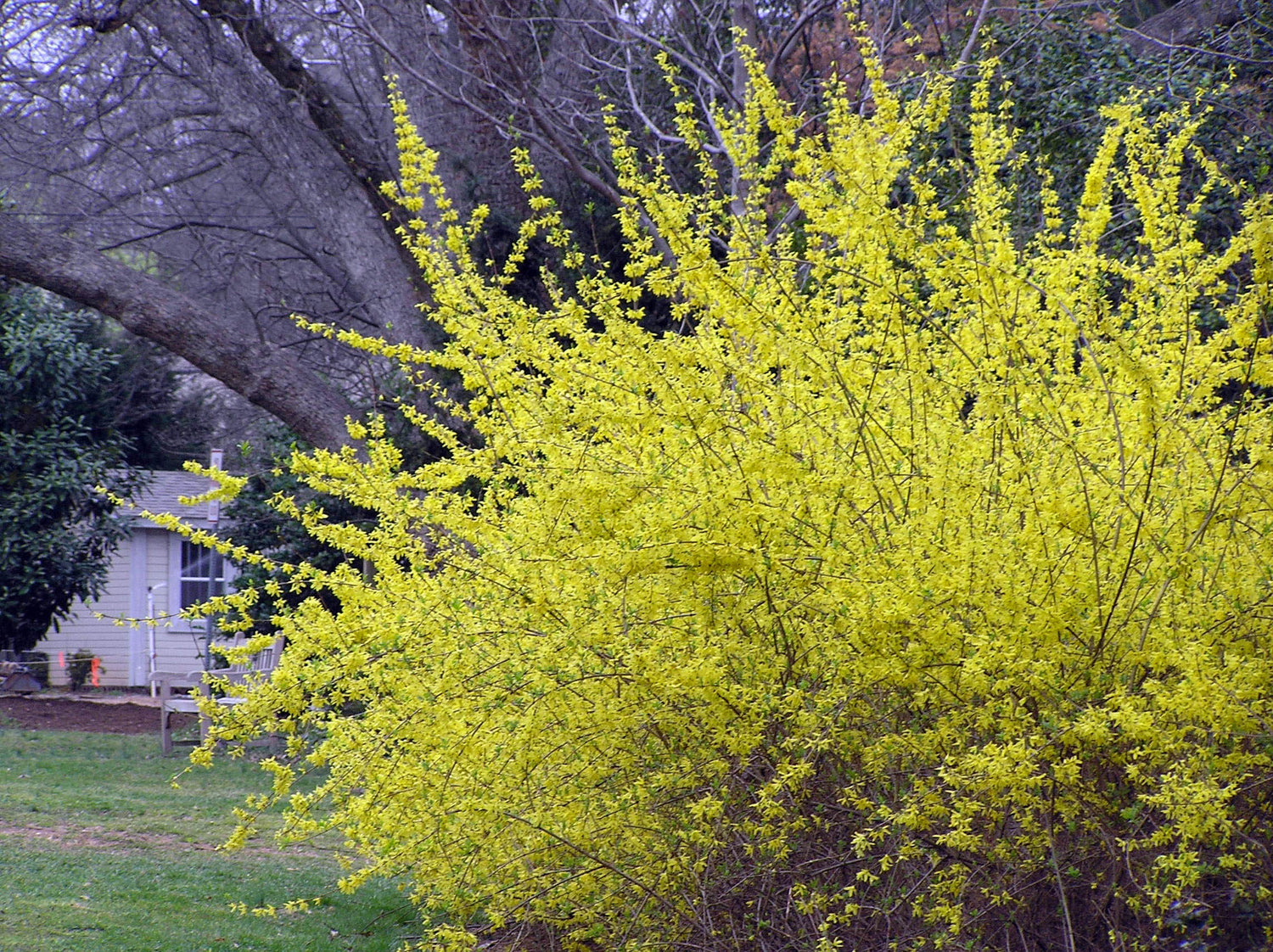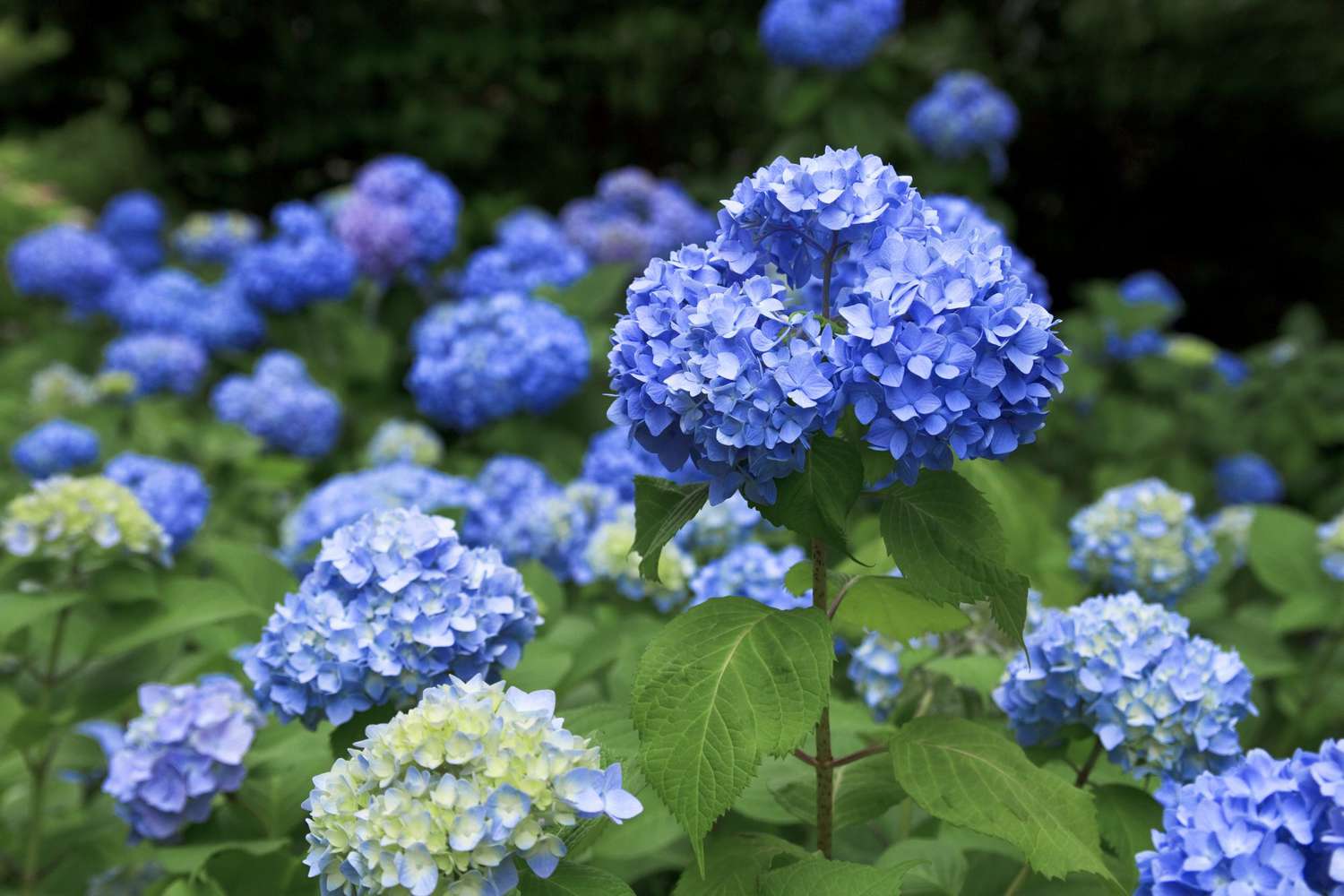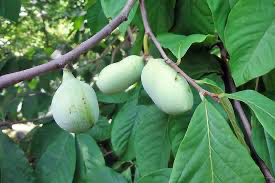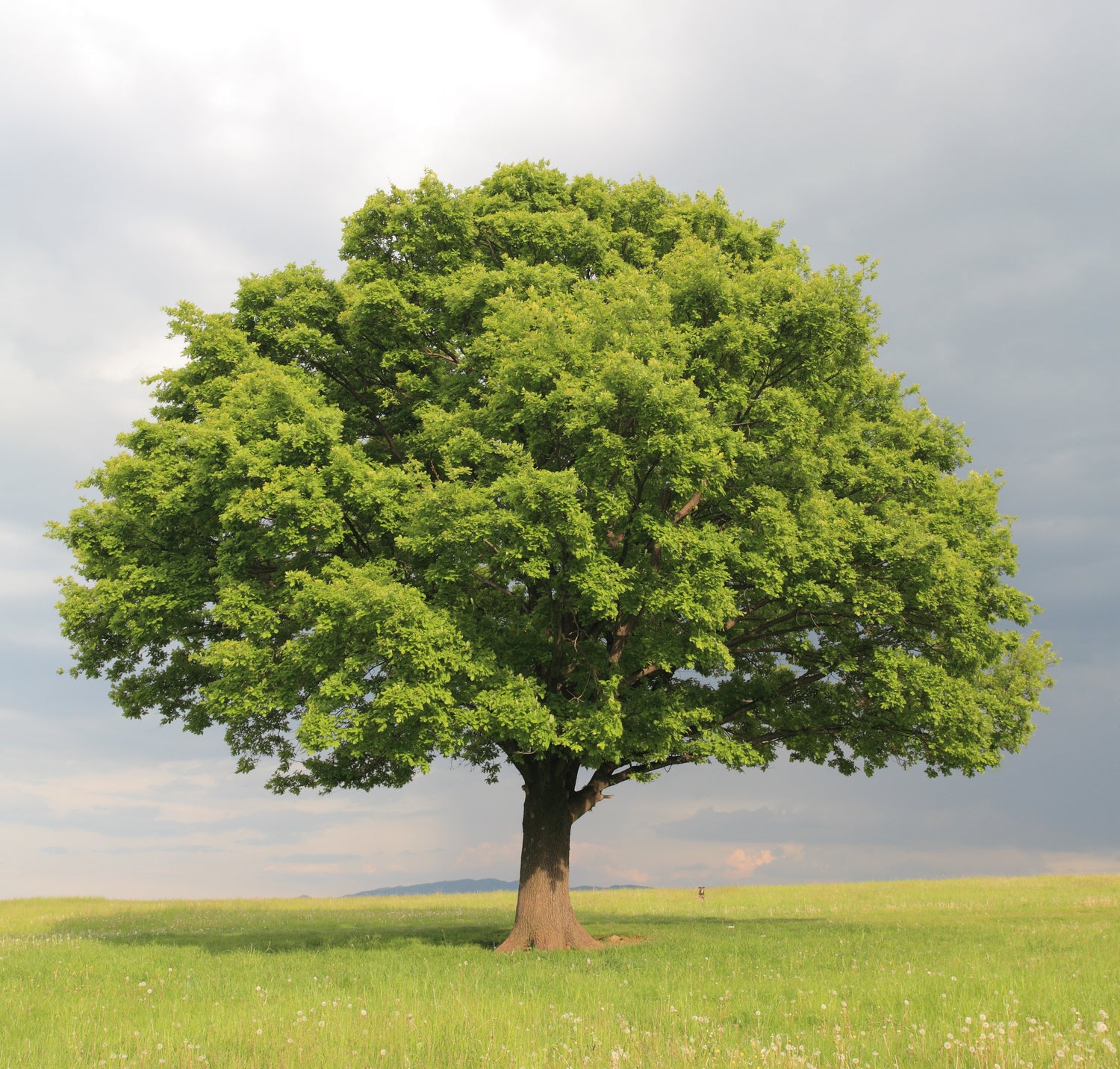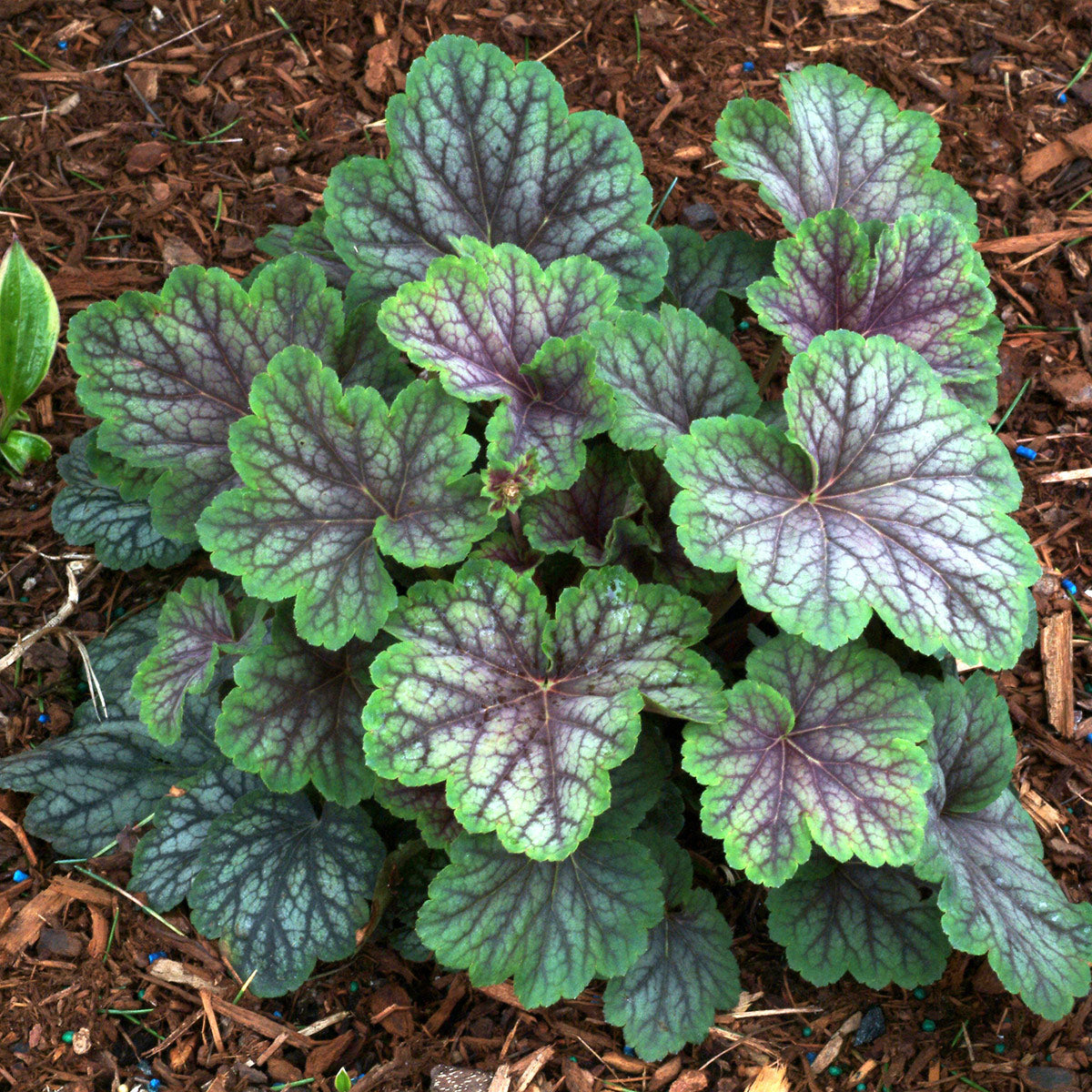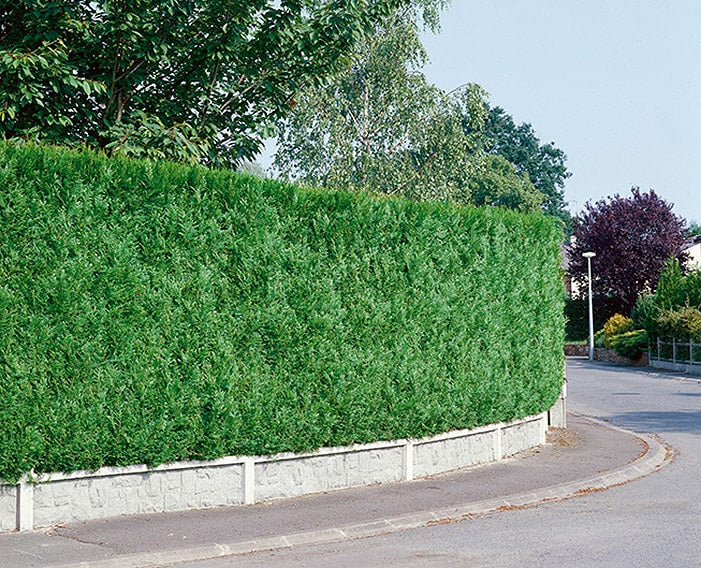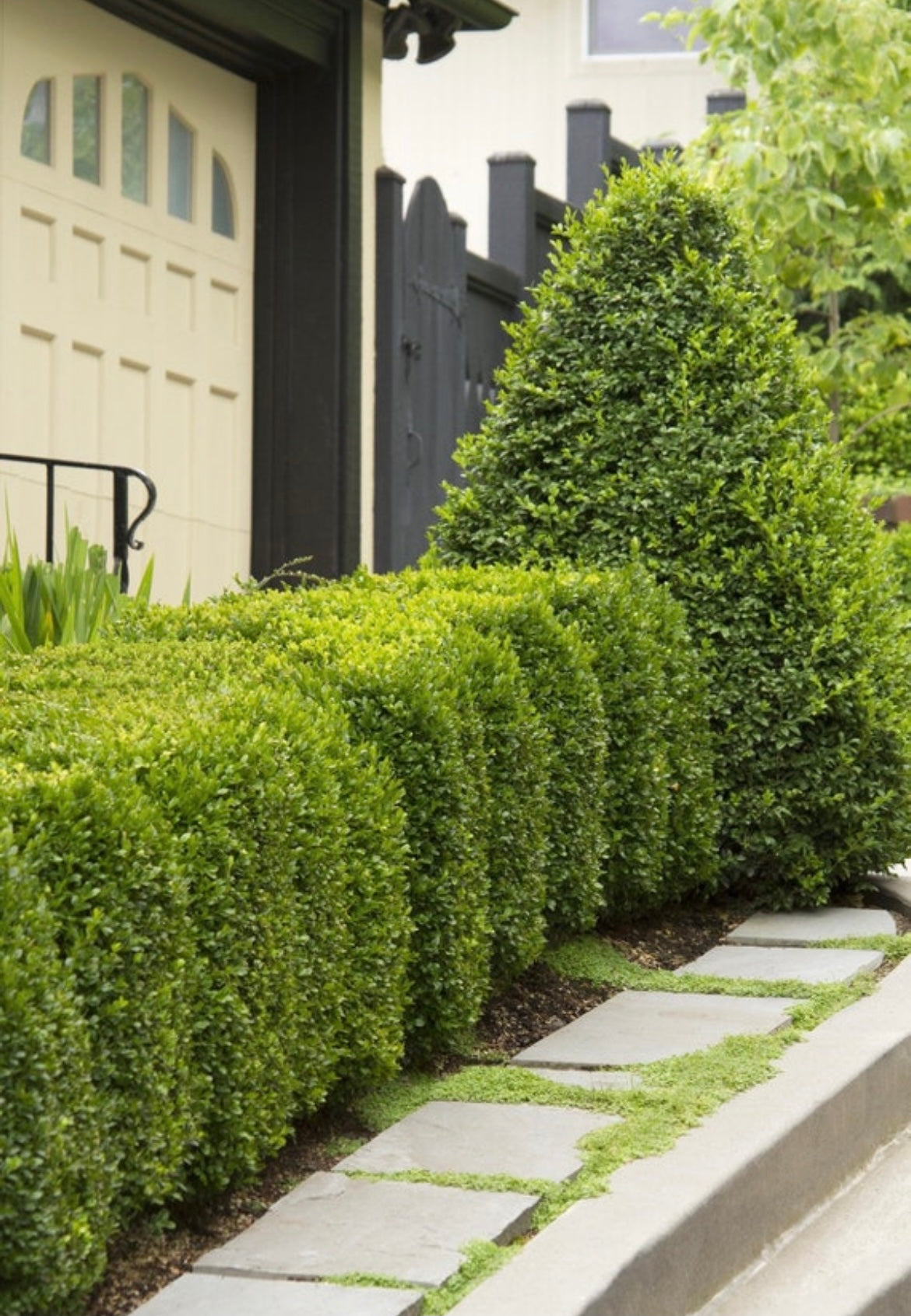Choosing the right type of tree for your garden or landscape is crucial for its successful growth and health. At Weaver Family Farms Nursery, we specialize in bareroot trees, but ours are uniquely prepared to ensure the highest success rates. Understanding the differences between bareroot and potted trees will help you make an informed decision that best suits your needs. Whether you're planting for the first time or expanding your garden, knowing what to expect from bareroot and potted trees will ensure your plants thrive.
For a comprehensive selection of trees, check out our All Products Collection.

What Are Bareroot Trees?
What Defines a Bareroot Tree?
Bareroot trees are plants that are sold without soil around their roots. At Weaver Family Farms Nursery, we take extra care in preparing our bareroot trees. Unlike traditional bareroot methods, which involve forcefully digging trees from the ground and risking root damage, our trees are grown in pots and then carefully removed. The roots are cleaned, and a special moisture-retaining medium is sealed around them to keep them hydrated during transit. This method ensures the delicate roots remain healthy and viable until planting.
What Are Potted Trees?
How Are Potted Trees Different?
Potted trees are sold with their roots encased in soil within a pot. While this might seem convenient, it comes with its own set of challenges. Potted trees often experience transplant shock if not removed from the pot correctly. The roots can become bound and need careful untangling before planting to ensure they establish well in their new location. Additionally, the weight of the soil and pot makes shipping potted trees more expensive and riskier, as they are more prone to damage during transit.
For more gardening tips and insights, visit our Learn More About Trees & Plants Blog.
Benefits of Bareroot Trees
What Are the Advantages of Bareroot Trees?
Choosing bareroot trees from Weaver Family Farms Nursery comes with numerous benefits:
-
Cost-Effectiveness: Bareroot trees are typically less expensive than their potted counterparts. The absence of soil reduces shipping costs and makes handling easier.
-
Easier Transportation: Without the added weight of soil, bareroot trees are lighter and easier to transport. This reduces the risk of damage during shipping and makes handling more convenient.
-
Faster Establishment: Bareroot trees often establish more quickly in their new environment because their roots are less likely to be bound or damaged. The special medium we use keeps the roots moist, promoting healthier growth from the start.
-
Higher Success Rates: Our unique preparation method for bareroot trees has been refined over many years, resulting in a very high success rate for our customers.
-
Year-Round Shipping: We ship bareroot trees year-round, weather permitting, ensuring you can receive and plant your trees when it’s best for you.
Benefits of Potted Trees
Why Choose Potted Trees?
While our focus is on bareroot trees, potted trees do offer some advantages:
-
Extended Planting Season: Potted trees can be planted at any time during the growing season, giving you more flexibility.
-
Less Immediate Stress: Since potted trees are already growing in soil, they experience less immediate stress when transplanted, provided they are handled correctly.
-
Inspection Before Purchase: Potted trees allow you to inspect the plant's health and quality before purchasing.
However, the benefits of potted trees often come with higher costs and the need for careful handling to ensure successful transplantation. For inquiries or assistance, please visit our Contact Us page.
Next, we will discuss the disadvantages of bareroot and potted trees, as well as how to plant each type properly.




